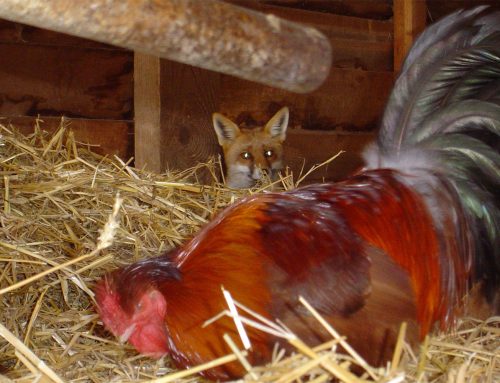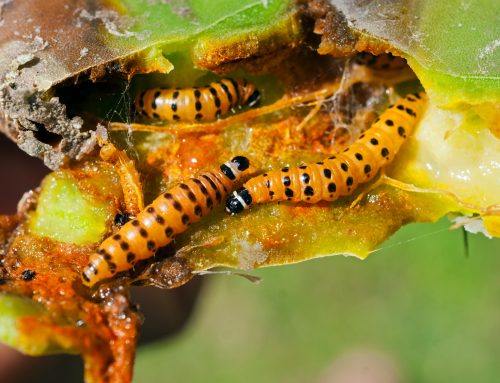In March 2017, a nation-wide release of a new rabbit Korean strain of calcivirus (RHDV1 K5) took place across 350 sites. Orchestrated by the Centre for Invasive Species, and reported by the Stock Journal, the virus release is starting to show promising results in regards to rabbit populations in the affected areas.
The Stock Journal reports that feral European rabbit numbers are much lower than normal at Lipton Cove, Southern Eyre Peninsula (South Australia). In fact, a farmer from the local area, Bill Oswald, said he was “pleasantly surprised” when he observed a “significant reduction” in the feral rabbit population whilst he was out spotlighting for foxes on his land. He remarked, “I’m putting it down to the K5 virus that must have kicked in.”
The Centre for Invasive Species is still in the process of analysing results and data collected over the last 22 months, and is aiming to release a report early this year with the findings. Of course, the observations being made in the field, such as the reports coming out of South Australia, suggest the virus release has been a huge success.
Hunter Land Management actually released this strain of the virus in the Hunter Region on behalf of Hunter Local Land Services, in effort to cull the troublesome rabbit population affecting our own local area. We too, have seen a decrease in rabbit numbers.
According to the Centre for Invasive Species’ Annual Report for 2017-2018, rabbits are the most destructive and costly environmental and agricultural vertebrate pest in Australia, causing around $216 million in damages each year.
Rabbits are non-native animals and affect primary production, as well as our native ecosystems by; disturbing the balance of competition for food and shelter, selective grazing of preferred plant species, maintaining feral cat and fox populations (which results in increased predation of natural species), increased soil erosion, and “off-target” harm from rabbit control measures (e.g. fumigation and baiting).
Of all the negative consequences of uncontrolled feral rabbit populations, environmental damage is of greatest concern. Rabbits have significantly contributed to the decline or loss of the yellow-footed rock-wallaby, the greater bilby, both the southern and northern hairy-nosed wombats, the plains wanderer, and the malleefowl. As they pose such a threat to our native species, this alone is reason enough to be diligent with the control of their numbers and limit the damage caused to our natural ecosystems.
If you’re experiencing problems with feral rabbits on your property, feel free to contact the team at Hunter Land Management for help. We are highly qualified and experienced in vertebrate pest management, and we can save you time, hassle and money by dealing with the problem swiftly. Call today on 0412 404 499.



